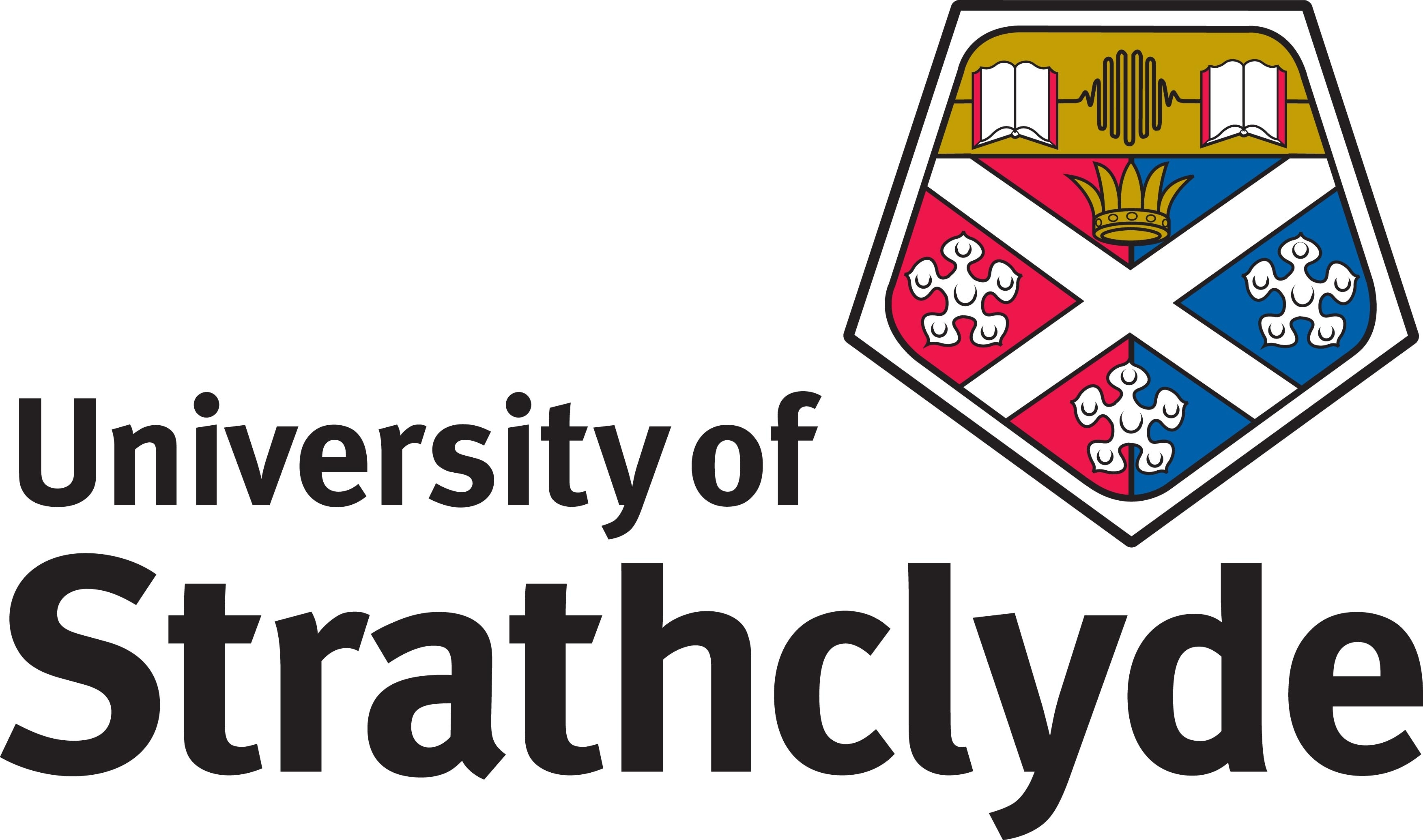About the Project
Principle Investigator: Matteo Ciantia
This project aims to support the expansion of offshore renewable energy into a wider variety of sites, particularly in regions with rocky seabeds like the Celtic Sea. Historically, offshore renewable energy developments have focused on areas with softer sea beds, leaving rocky substrates untapped. This project aims to transform the installation of offshore renewable energy anchors in hard rock through a ground breaking self-drilling, groutless technology coupled with a prestress fixing mechanism.
Unlike traditional methods, such as drilled and grouted piles or gravity bases, this innovative anchor system is designed to enhance the reliability of serviceability predictions, thereby reducing uncertainty and capital costs. The project's core objective is to validate robust numerical models with new, highly instrumented field test data provided by project partners. These models will predict the anchor's performance, particularly under inclined cyclic tensile loads, where serviceability hinges on the system's ability to maintain pretension over time.
Given the scarcity of experimental data on such anchoring systems, this research presents a valuable and timely opportunity, supported by significant industry investment and access to critical data. The field test campaign conducted in Germany over the summer of 2024, using a highly instrumented anchor, has demonstrated that maintaining pretension is critical for long-term serviceability. This data, combined with small-scale physical models, will be used to develop advanced numerical models and investigate the prolonged cyclic loading effects, including rock creep and directional cyclic loading on pretension stability. The ultimate goal is to develop a mechanical system to be integrated into the anchor, preserving pretension despite relaxation due to creep and ratcheting displacements.











